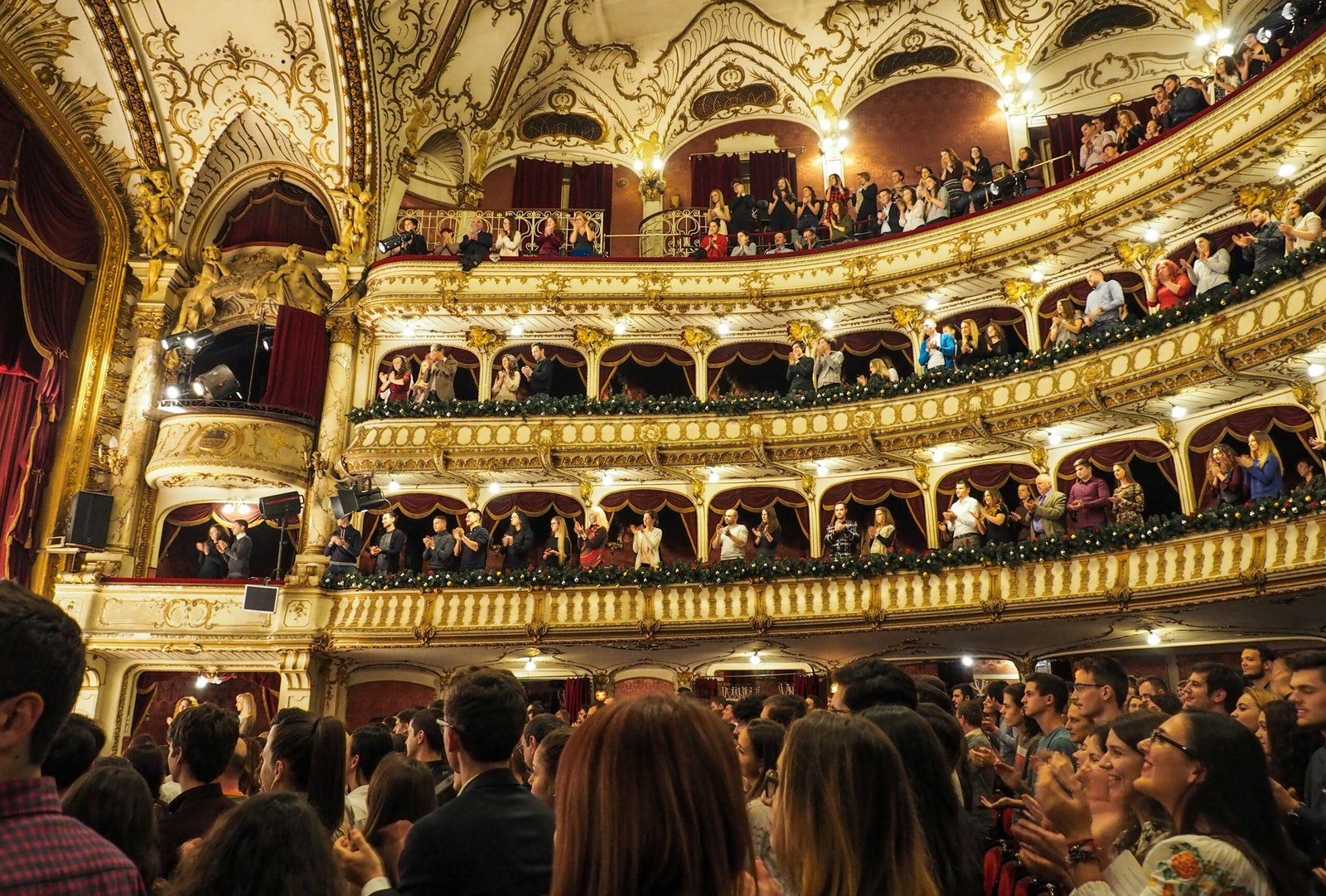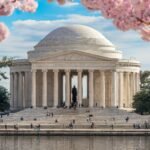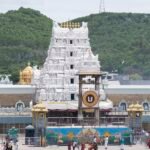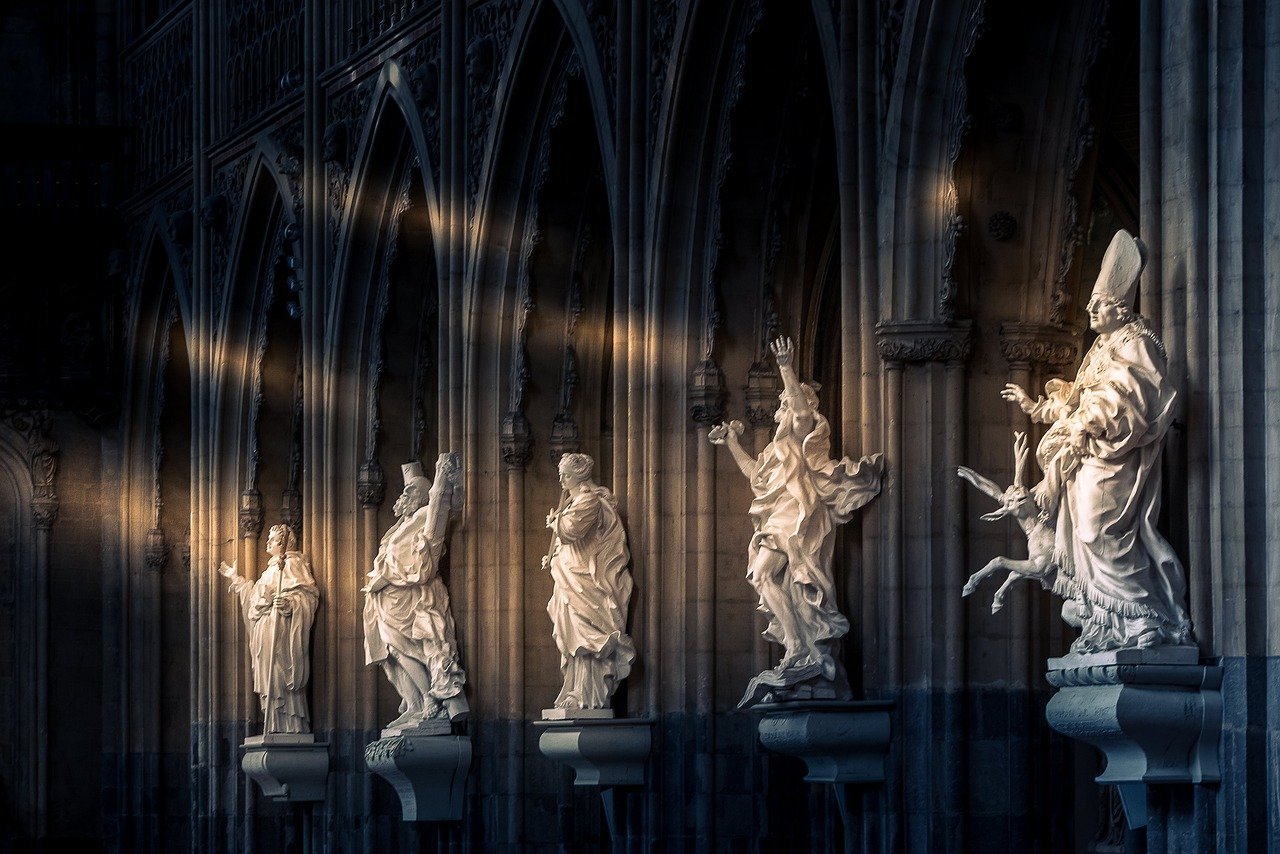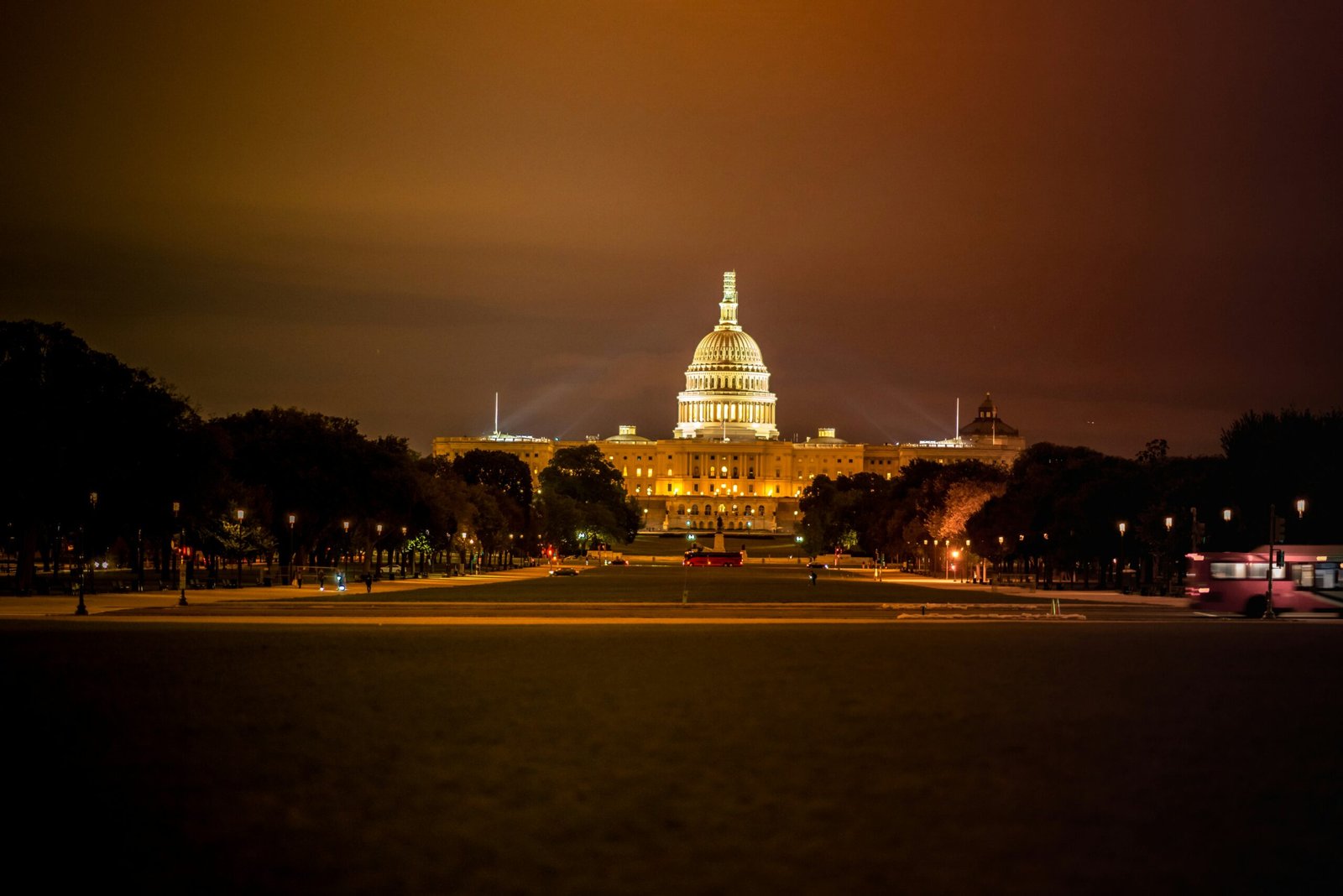The History of Griffith Observatory
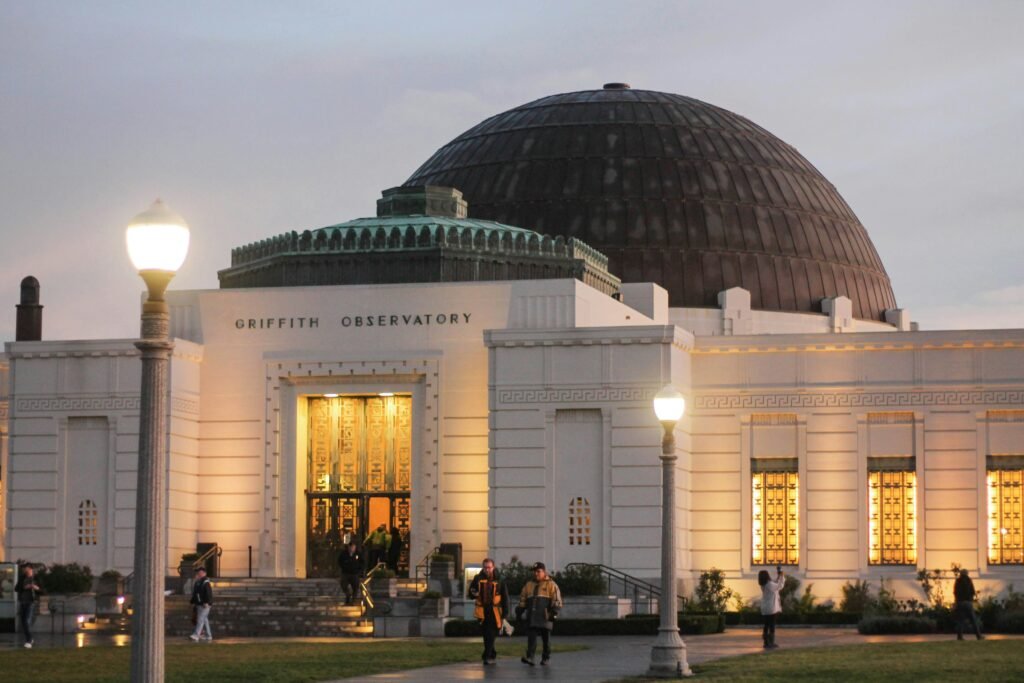
The Griffith Observatory, a cherished landmark in Los Angeles, was founded in 1935, thanks to the vision and philanthropy of Griffith J. Griffith, a Welsh-born mining magnate. His foresight extended beyond his wealth; he aimed to provide a public space where ordinary citizens could engage with the wonders of astronomy and science. Griffith’s ambitious goal included the establishment of not just an observatory but also a facility that would encourage the study of the cosmos and promote a deeper understanding of our universe.
Griffith J. Griffith bequeathed 3,015 acres of land to the city of Los Angeles for the purpose of creating a recreational and scientific reserve. This act of generosity laid the groundwork for what would become a significant cultural institution. The architectural design of the observatory, created by architect John C. McAuliffe, reflects a blend of Art Deco and modernist styles, which was quite innovative for its time. The observatory opened to the public on May 14, 1935, capturing the imagination of millions and establishing itself as a key educational resource.
Over the decades, Griffith Observatory witnessed various renovations and expansions. Significant milestones include the installation of the Zeiss 12-inch refracting telescope in the 1930s, which opened the doors for public observation of celestial events. Another milestone was the completion of a major renovation in 2002, enhancing the facility’s exhibits, auditorium, and the iconic 60-inch telescope. These developments have kept the observatory at the forefront of astronomical research and education, accommodating the evolving needs of visitors and scholars alike.
Today, the Griffith Observatory stands as a testament to Griffith J. Griffith’s vision, serving as an influential site for both scientific inquiry and public engagement in astronomy, drawing millions of visitors each year who are eager to explore the cosmos.
Architectural Highlights and Features
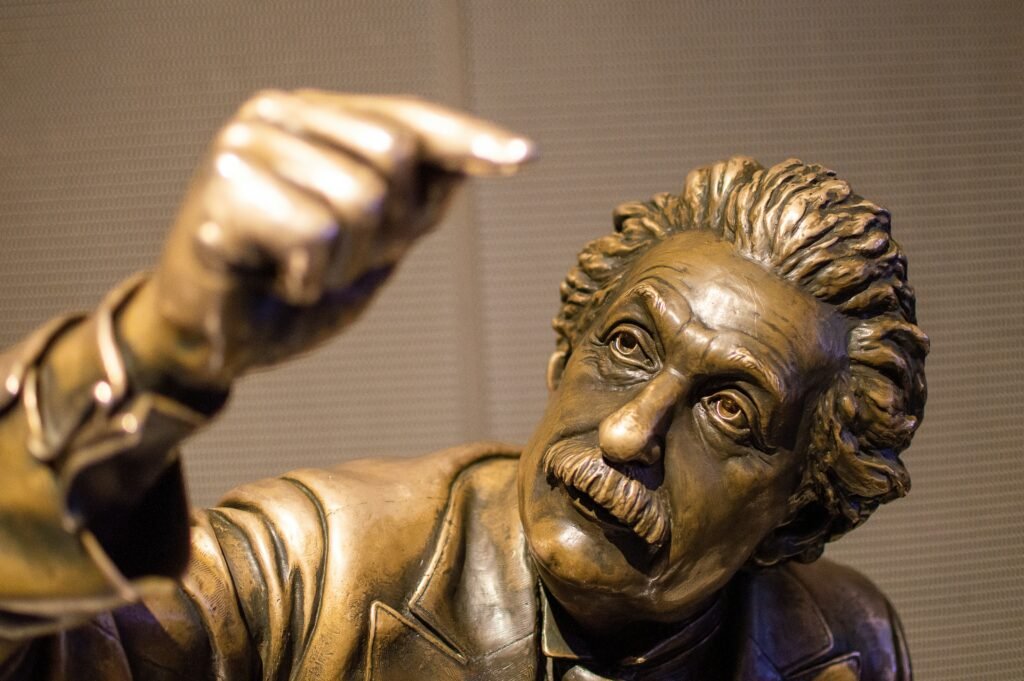
The Griffith Observatory is a remarkable example of Art Deco architecture, a design style that flourished in the 1920s and 1930s, characterized by its geometric shapes, bold colors, and luxurious materials. The observatory’s exterior features a combination of smooth white plaster and decorative ornamental elements, which serve as a striking contrast against the natural greenery of Griffith Park. This seamless integration with the landscape not only enhances its visual appeal but also emphasizes the observatory’s connection to astronomy and the cosmos.
The most notable feature of the Griffith Observatory is its iconic dome, which rises majestically above the surrounding landscape. This dome houses the historic Zeiss refracting telescope, which has been a focal point for stargazing since the observatory’s opening in 1935. The grandeur of the dome is complemented by the observatory’s expansive terraces that offer breathtaking views of the Los Angeles skyline and the Hollywood Sign, making it a perfect spot for visitors to appreciate the celestial wonders overhead while enjoying the beauty of their surroundings.
Within the observatory’s grounds, various structures and exhibitions further enrich the cosmic experience. The Samuel Oschin Planetarium, equipped with state-of-the-art technology, provides visitors with immersive shows that delve into the mysteries of the universe. Additionally, interactive displays and educational experiences are strategically placed throughout the observatory, inviting guests to engage with astronomical concepts in an inviting manner. Each architectural element and feature of the Griffith Observatory is designed not only for aesthetic pleasure but also to cultivate a deeper understanding of space, thereby solidifying its status as a vital hub for education and exploration of the cosmos.
Exhibits and Public Programs

The Griffith Observatory is home to a variety of engaging exhibits and public programs that cater to astronomy enthusiasts and the general public alike. At the heart of its mission is the goal to inspire a passion for science and the cosmos. Visitors can explore numerous interactive displays that delve into the intricacies of astronomy and space science. These exhibits cover essential topics such as the solar system, the life cycles of stars, and the formation of galaxies. Each display is thoughtfully designed to provide a rich educational experience, allowing guests to gain deeper insights into the universe.
The public programs at the observatory play a pivotal role in enhancing the visitor experience. One of the most popular offerings includes the planetarium shows, which utilize state-of-the-art projection technology to create immersive environments. These shows take audiences on breathtaking journeys through space, exploring celestial phenomena and providing a detailed understanding of the cosmos. Whether it is witnessing the birth of a star or traversing the vastness of the Milky Way, each program is both educational and entertaining.
Telescope viewings are another highlight at the Griffith Observatory, providing visitors with unique opportunities to observe celestial objects directly. With expert staff on hand, attendees can gain insights about the stars, planets, and other cosmic wonders. Educational programs tailored for various age groups are also a significant part of the observatory’s calendar, making it an ideal destination for families and school groups. Through workshops, lectures, and hands-on activities, participants can engage with astronomy in meaningful ways. Overall, the Griffith Observatory aims to fuel curiosity and a love for science through its diverse and well-curated exhibits and public programs, making it a vital cultural resource in Los Angeles.
Visiting Griffith Observatory: Tips and Experience
When planning a visit to the Griffith Observatory, it is essential to familiarize yourself with essential details to maximize your experience at this iconic Los Angeles landmark. The observatory operates daily from 12 PM to 10 PM, with extended hours on weekends and selected holidays. Admission to the observatory is free, although there may be charges for specific programs or planetarium shows. Check the official website for the latest updates regarding any admission fees and operational changes due to seasonal events.
To avoid large crowds, it is advisable to plan your visit on weekdays, particularly in the early afternoon. Mornings tend to attract school groups, while evenings can be busy, especially during weekends and holidays. Arriving early not only provides a more peaceful experience but also allows ample time to explore the various exhibits and enjoy the stunning views of the Angeles skyline.
For an enjoyable outing, consider bringing essentials such as water bottles, snacks, sunscreen, and comfortable footwear, as you may also want to take advantage of the surrounding Griffith Park trails. It is also beneficial to have a camera ready for the stunning photo opportunities offered by both the observatory’s architecture and the panoramic views. Don’t forget to check out the Zeiss Telescope, which offers public viewing on select evenings, providing a unique chance to gaze at celestial bodies through a professional-grade instrument.
Additionally, Griffith Observatory hosts a variety of seasonal events and special programs throughout the year. From star parties to educational workshops and lectures, these events enhance the visitor experience, making it an interactive and enriching journey through the cosmos. Always refer to the event calendar on the observatory’s website for particular details surrounding upcoming programs and timings. These insights ensure a fulfilling and memorable visit to this cosmic haven in the heart of Los Angeles.

